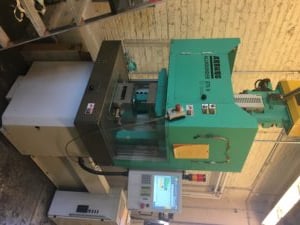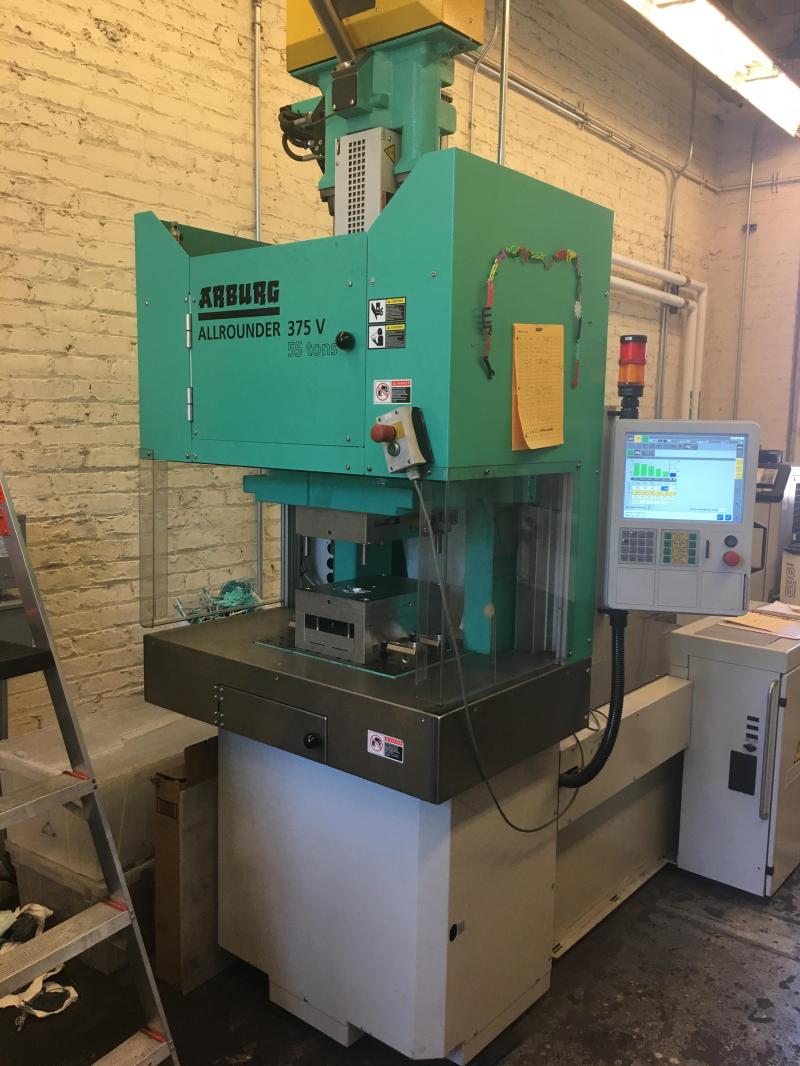
In ME 325: “Making Multiples: Scaled Manufacturing Tooling,” undergraduate and graduate students engage in injection molding, a manufacturing practice used for making reproducible plastic products that involves shooting molten plastic into a metal mold for parts.
Marlo Kohn ’05 B.S. ’07, the course’s instructor and a lecturer in the mechanical engineering department, says the course allows students to explore a process that could be relevant later in their careers.
“There are a lot of specific rules about design parameters,” Kohn said. “Until you design something that doesn’t adhere to the rules, you don’t realize that [this procedure] is a real thing.”
Past designs have included everything from holders for insulin vials to connecting toys to a specially designed shoe for ultimate Frisbee. Students first come up with their ideas and “machine” or design and create the prototype molds at the Product Realization Lab before injecting the plastic using a separate machine.
Eric Chang, a Ph.D. student in mechanical engineering, highlighted how the practical experience he has gained in the lab differs from conceptual knowledge.
“I did a lot of studying in the books to prepare for [my Ph.D.] qualifying exam on injection molding,” Chang said. “But this class has been great to get to do it and experience the challenges.”
For his project, Chang created little pieces of plastic that can join coffee stirrers together to create structures, which he built over several iterations of design.
Kohn said that the class provides one of the first opportunities in an academic career for students to scale up designs and produce large numbers of their products to gift to others.
“It’s a really empowering thing for students to say, ‘I made this and I can give it to a stranger, or in the longer term, sell it to a stranger,’” Kohn said.
Although in the future Chang hopes to design parts for injection molding rather than machine and inject them himself, he believes that exposure to the fundamental aspects of the product creation process in a class like ME 325 is essential.
“The skills we learn in this class probably aren’t super directly applicable for what we want to do for our careers,” Chang said. “But going through [this], you better understand what the limitations of the process are and also the huge advantages of using this process over others. In that way, you become a better designer when you are actually designing products in the future.”
Contact Nic Fort at nfort ‘at’ stanford.edu.
